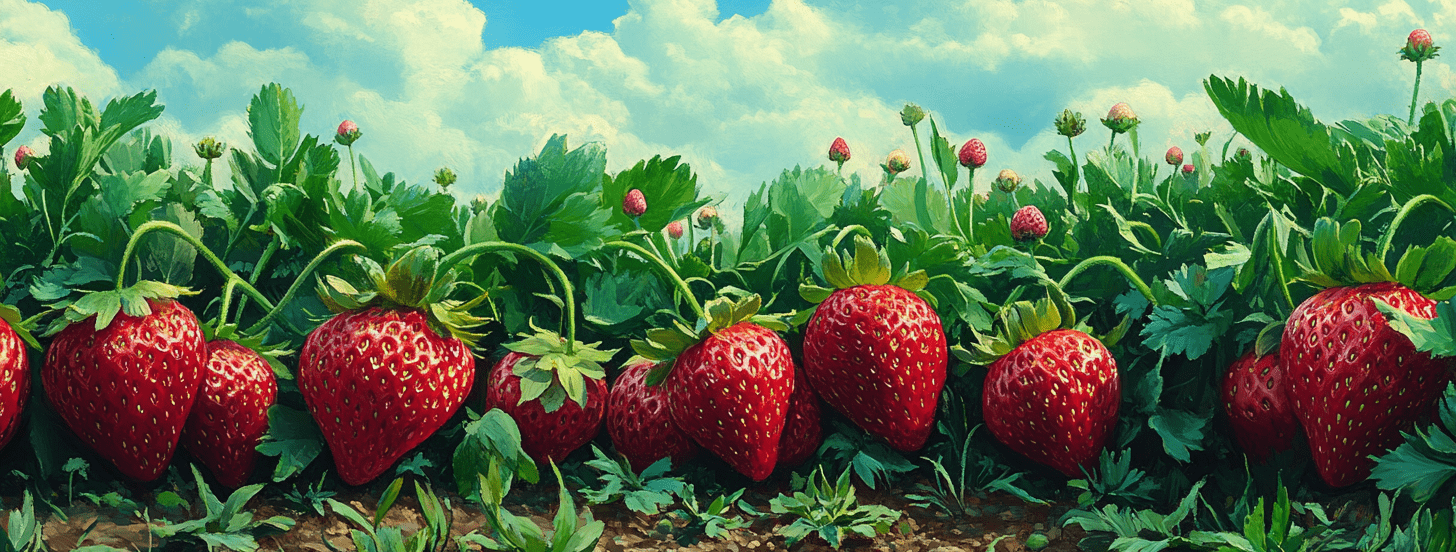Chitosan acts on plants through a variety of mechanisms, helping to promote growth, disease resistance and stress tolerance. The following are the main modes of action:
1.Cell Wall Interaction:
Chitosan can bind to plant cell walls, enhancing structural integrity and potentially acting as a physical barrier against pathogens.
2.Induction of defense response:
Chitosan triggers the plant’s defense mechanisms, including the production of phytoalexins and other defense-related compounds. This type of systemic acquired resistance (SAR) helps plants resist disease.
3.Stimulation of growth hormone:
| Chitosan can affect the production of plant hormones such as auxin and cytokinin, promoting cell division and elongation, thereby promoting growth. |
4.Enhanced nutrient absorption:
By promoting root development and increasing root surface area, chitosan improves the plant’s ability to absorb essential nutrients from the soil.
5.Stress response activation:
Chitosan activates stress response pathways to help plants cope with abiotic stresses such as drought and salinity. This includes the upregulation of stress-related genes and proteins.
6.Promote microbial activity:
| Chitosan can indirectly support plant growth by enhancing beneficial microbial activity in the soil, improving soil health and nutrient utilization. |
In conclusion
The mode of action of chitosan in plants involves a combination of physical, biochemical and physiological processes. Chitosan plays a multifaceted role in supporting plant health and resilience by enhancing defense responses, promoting growth and improving nutrient absorption.
Post time: Oct-08-2024





